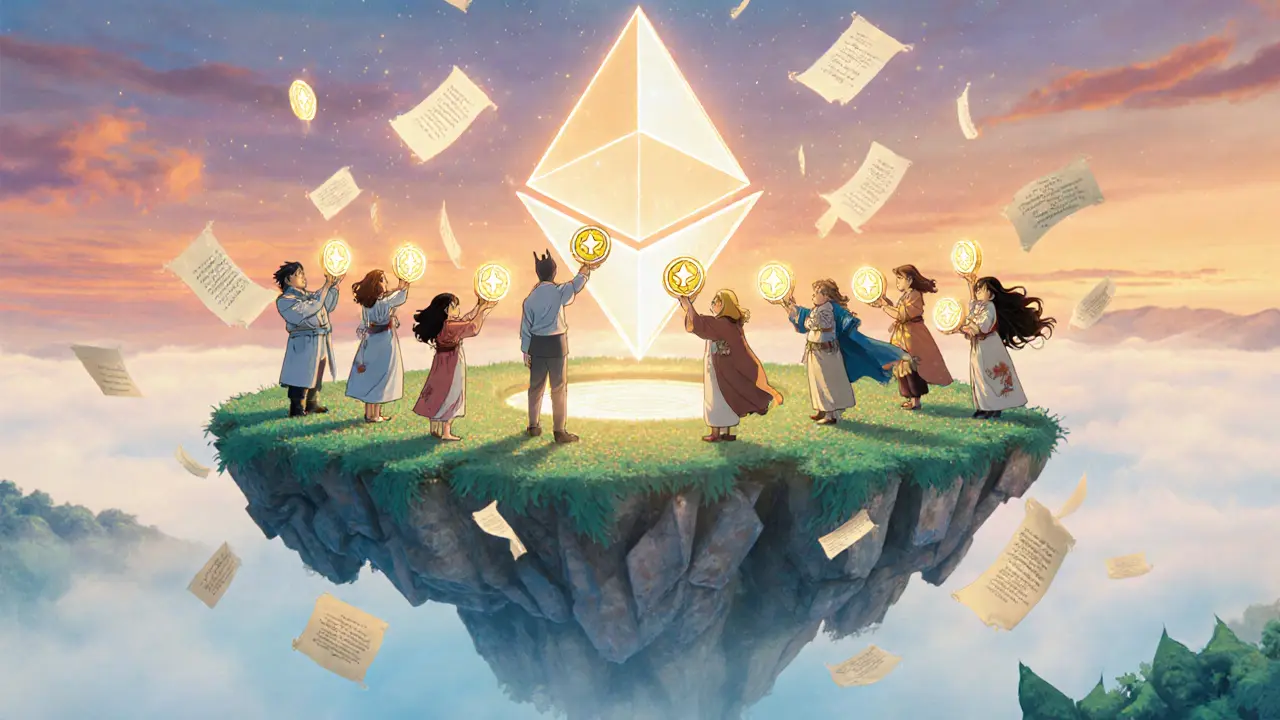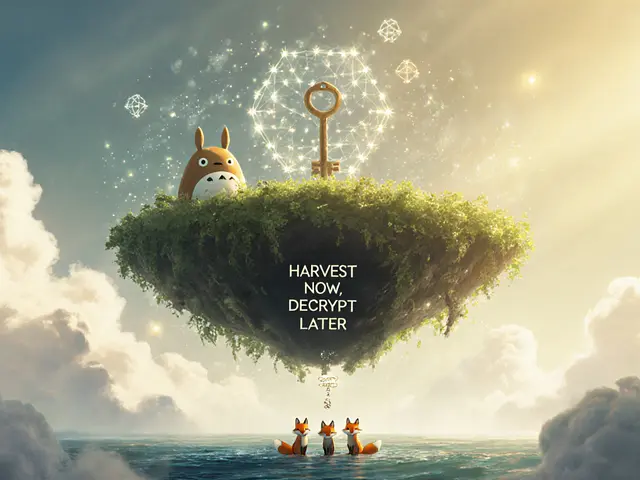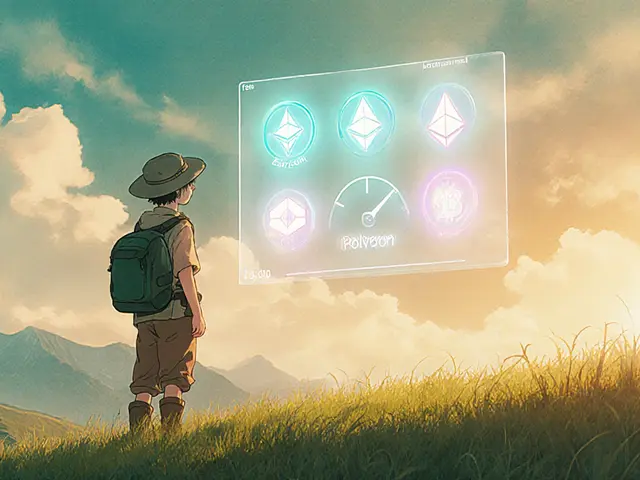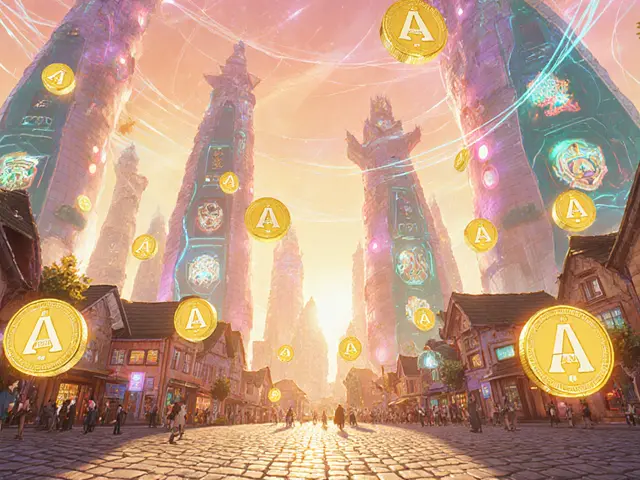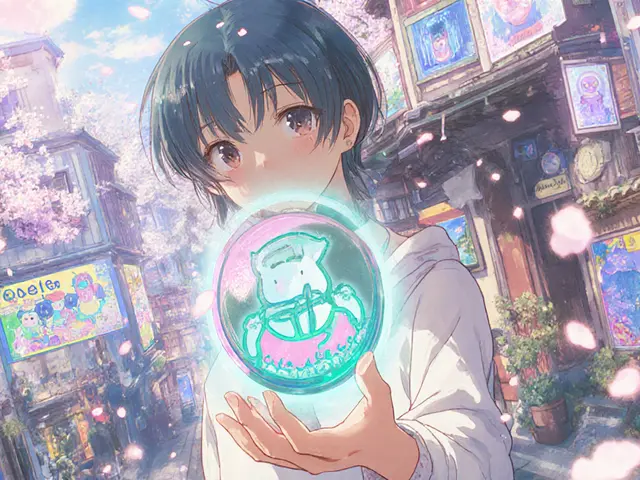DAO Governance: How Decentralized Communities Make Decisions
When you hear DAO governance, a system where token holders vote on decisions for a blockchain project without a central authority. Also known as decentralized autonomous organization governance, it’s how groups like crypto funds, NFT collectives, and DeFi protocols run themselves — no CEO, no boardroom, just code and votes. This isn’t theory. It’s how real projects try to avoid scams, mismanagement, and single points of failure. But it’s messy. People vote with tokens they don’t understand. Proposals get ignored. Voting power gets concentrated in a few wallets. And when things go wrong — like a drained treasury or a rigged vote — there’s no customer service to call.
DAO governance relies on three things: crypto voting, the process where token holders submit and cast votes on proposals, blockchain governance, the rules encoded in smart contracts that determine how votes are counted and executed, and community decision-making, the real-world discussions, debates, and social pressure that shape what even gets proposed. You can’t have one without the others. A perfect voting contract means nothing if no one shows up to vote. A passionate community means nothing if the code won’t let them act.
Look at the posts here. You’ll see examples of DAO governance in action — and in failure. Shido DEX and PancakeSwap v2 aren’t just bad exchanges; they’re projects where governance broke down. No one cared enough to vote on upgrades, so liquidity dried up. Morpheus (MOR) and KodexPay (KXP)? Their tokens were used for voting, but the community was too small or too confused to make real decisions. Even the Pakistan and Morocco crypto stories tie in — when governments ban crypto, DAOs become the only way people coordinate payments, savings, and trade outside the system. DAO governance isn’t just for tech nerds. It’s how ordinary people build financial alternatives when traditional systems fail them.
What you’ll find below isn’t a textbook. It’s a collection of real cases — the good, the bad, and the ugly. You’ll see how airdrops like FARA and NZT were used to build voting power. How governance tokens turned into speculation tools. Why some DAOs thrive while others collapse within months. And how you can spot a fake DAO before you invest your money. This isn’t about understanding blockchain code. It’s about understanding people — and how power really works when no one’s in charge.
DAO Governance Token Models Explained: How Voting Power Works in Decentralized Organizations
Governance tokens let token holders vote on decisions in decentralized organizations. Learn how token-based, reputation, and hybrid models work, the risks of plutocracy, and how to start participating in DAO voting.
